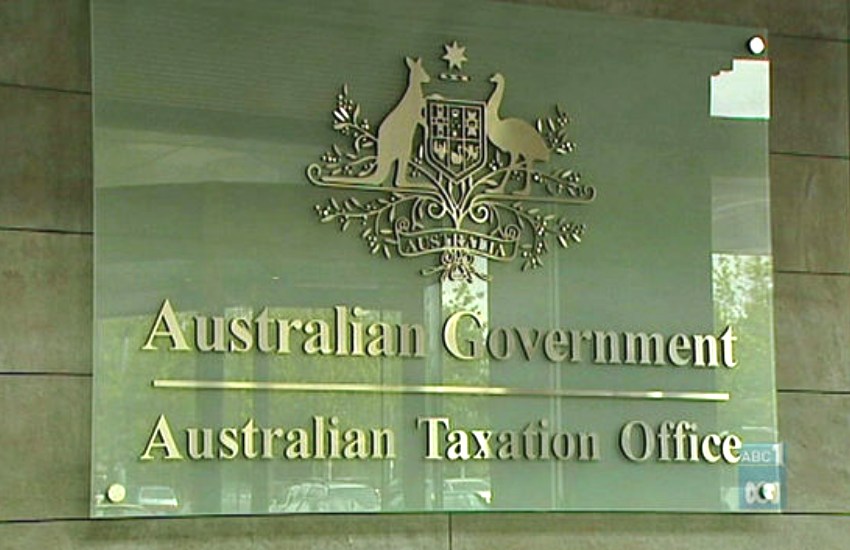ATO publishes shrinking $1.8bn corporate tax gap
TaxThe tax gap for large corporate groups has been reduced to $1.8 billion as the ATO rakes in an additional $7.5 billion in taxes due to a stronger year from the mining, energy and water industry sector.

The ATO has released today the latest tax transparency report for the 2016–17 year, with 2,109 corporate entities reporting $1.7 trillion in gross income and paying a total of $45.7 billion in taxes, or almost two-thirds of total company income tax payable for that year.
The results represent a net increase of 68 entities and a $7.5 billion increase in tax payable for the previous year.
According to ATO second commissioner Jeremy Hirschhorn, the increase in tax payable was due in part to a bounce back in the energy and resources sector.
“While economic conditions may change from year to year, the data shows the ATO has strong and continuous scrutiny on Australia’s largest taxpayers, as the community would expect,” said Mr Hirschhorn.
“In coming years the full effect of the Multinational Anti-Avoidance Law (MAAL) will flow through as multinational companies book billions more in sales locally.”
“The report will also reflect restructures made by companies to avoid paying the Diverted Profits Tax and increased compliance thanks to country-by-country reporting.”
Tax gap
The tax gap for large corporates also dropped from 5.8 per cent in the 2014–15 income year to 4.4 per cent in the 2015–16 year, estimated to be around $1.8 billion.
For the Petroleum Resource Rent Tax (PRRT), the net tax gap for 2015–16 is 2 per cent, representing an estimate of $18 million in revenue not collected.
In contrast, the individuals not in business tax gap released earlier this year, is $8.7 billion.
“Today we can also confirm the estimated level of compliance of large corporate groups has increased from 94 per cent to over 95 per cent, the vast bulk of which is paid voluntarily,” said Mr Hirschhorn.
“While the level of performance is already world-leading, we are confident our strategies in conjunction with new laws and resources will result in continued improvements over the coming years.
“The community can be confident our focus on large corporates and multinationals is working and our tax system is operating well.”
The Tax Institute’s senior tax counsel, Professor Robert Deutsch said the figures have been the lowest since the measurements first began.
“The explanation for the improved compliance in the large corporate sector must be at least partly attributable to the continuing focus on international tax avoidance by the Federal Government with the relatively recent introduction of a suite of measures including the Multinational Anti-Avoidance Laws (MAAL) and the Diverted Profits Tax (DPT),” said Professor Deutsch.
“The focus by the ATO on a number of high-profile transfer pricing audits and cases has also clearly had an impact.
“Perhaps obviously, but nonetheless significantly, tax law compliance is much easier when large amounts of revenue are drawn from a few, than when a multitude of small amounts are drawn from many [such as individual income tax].”




